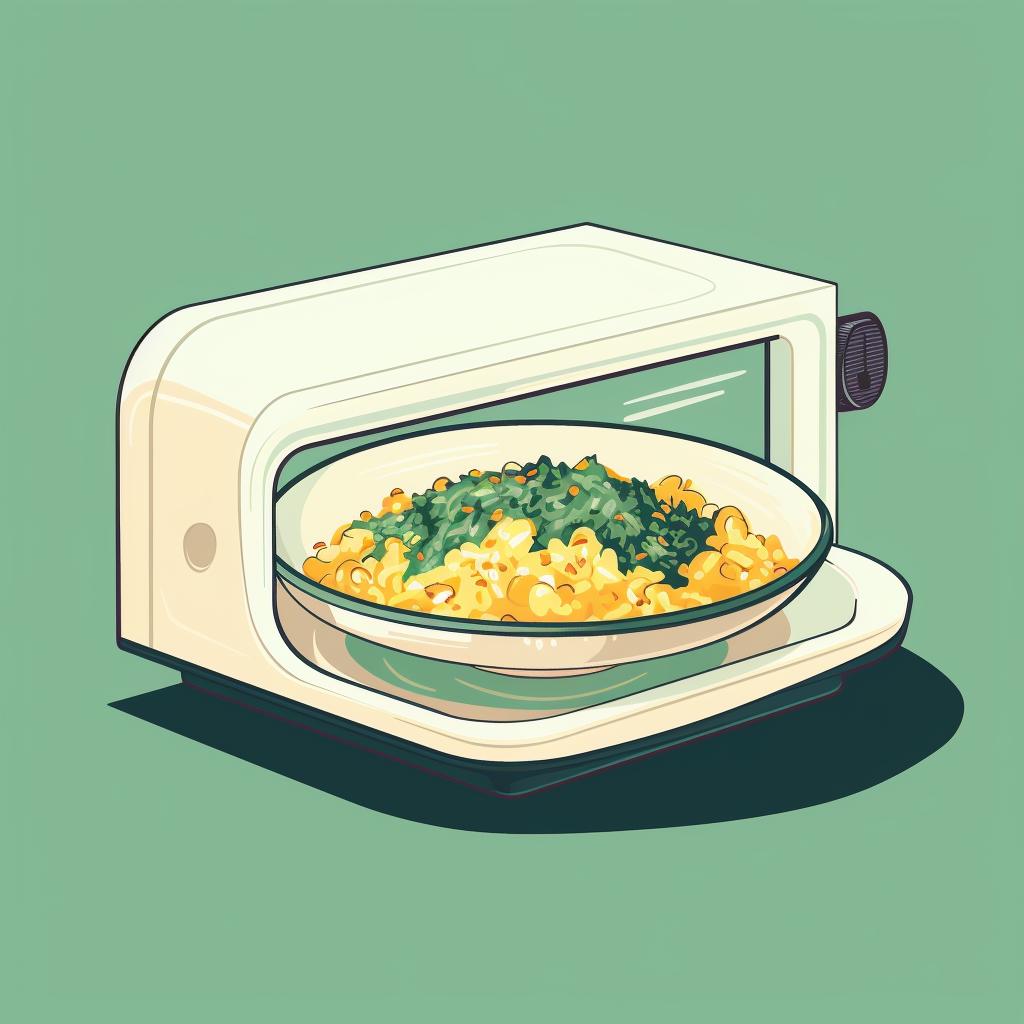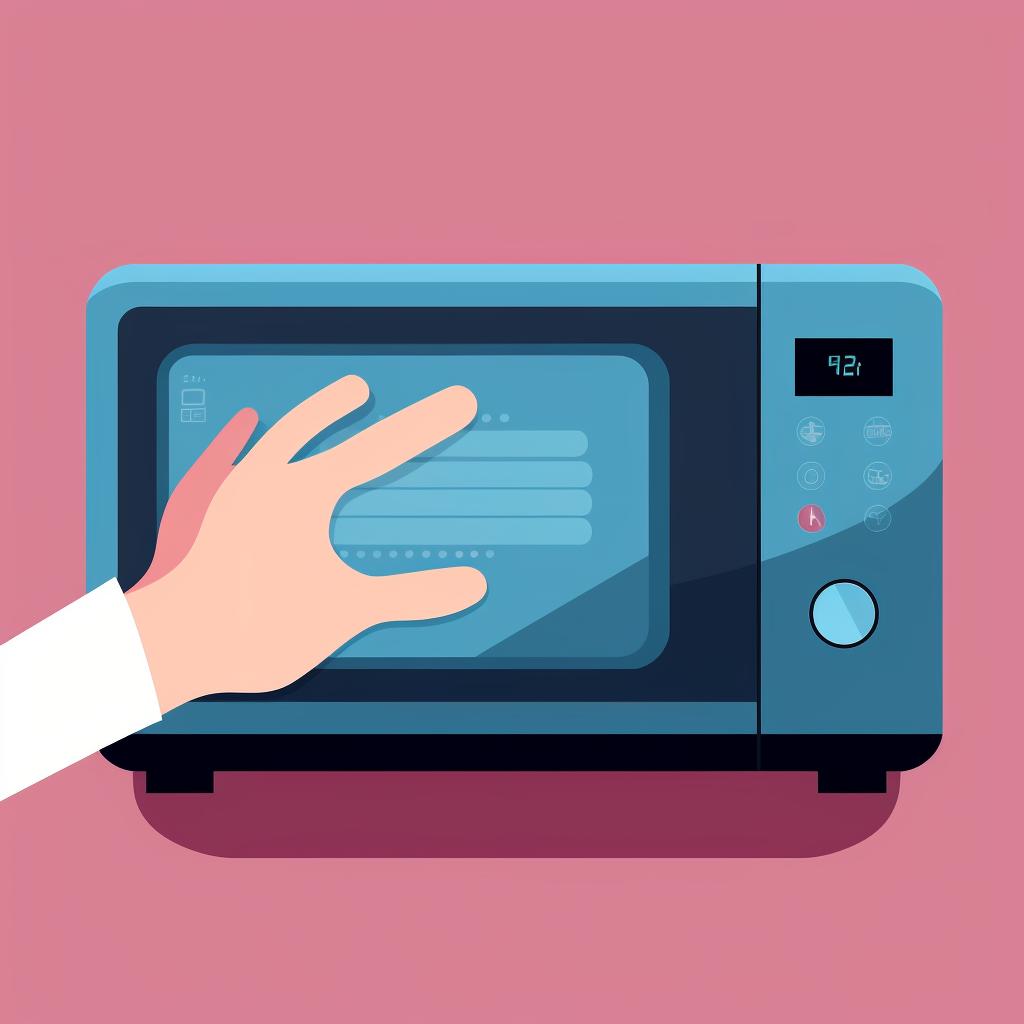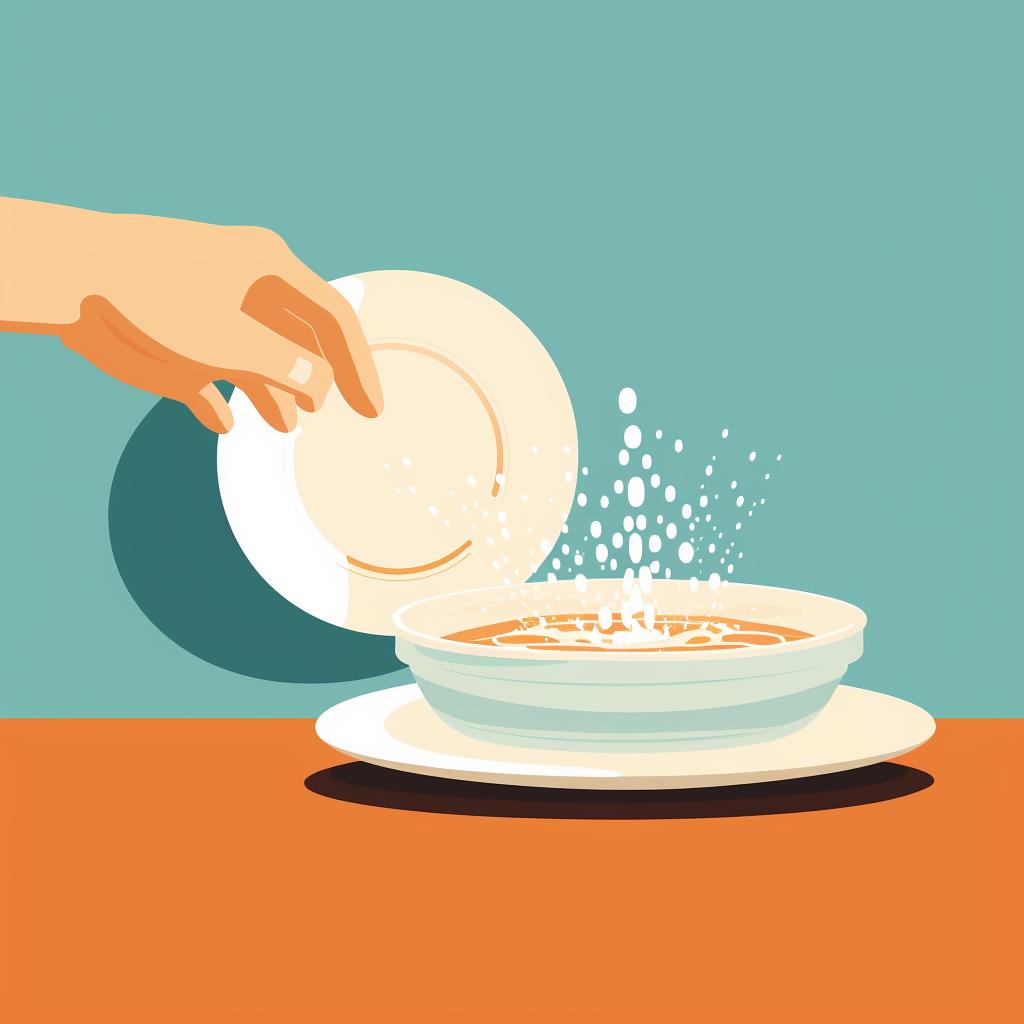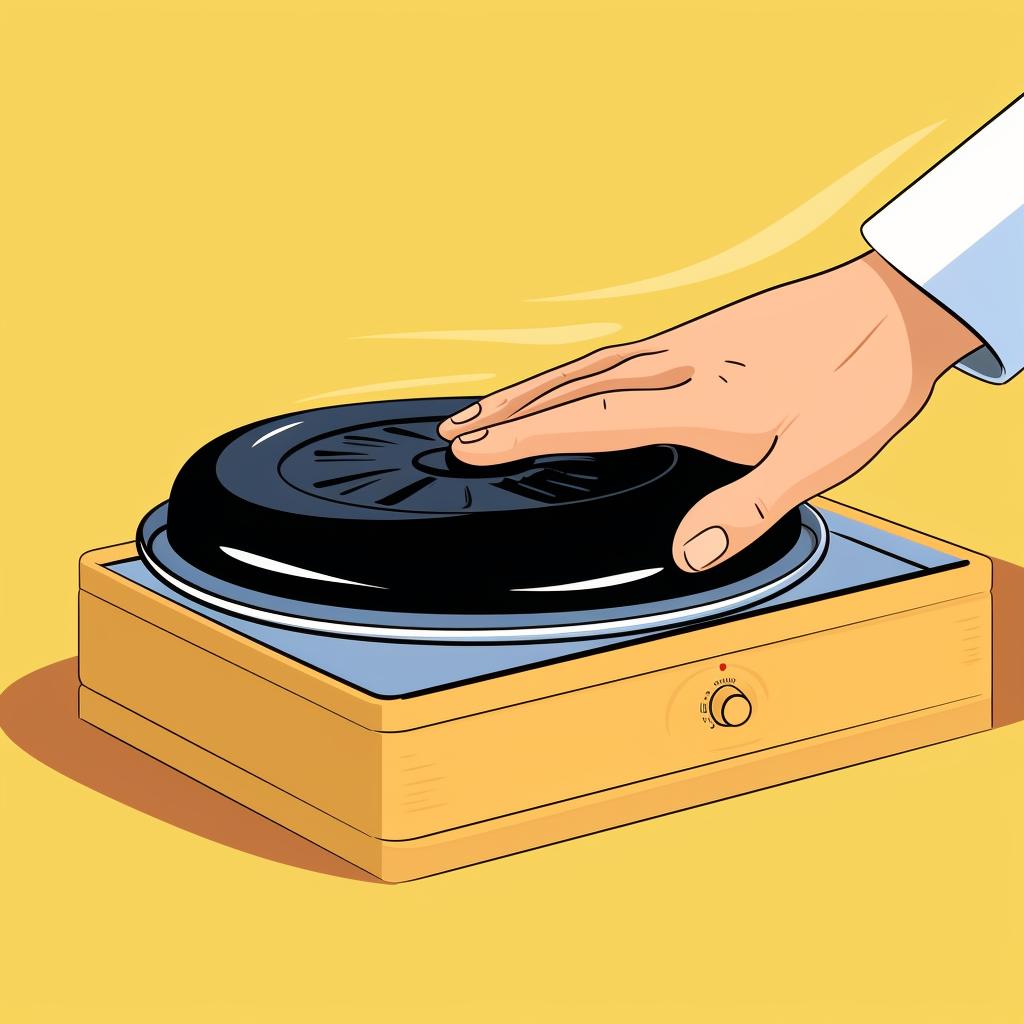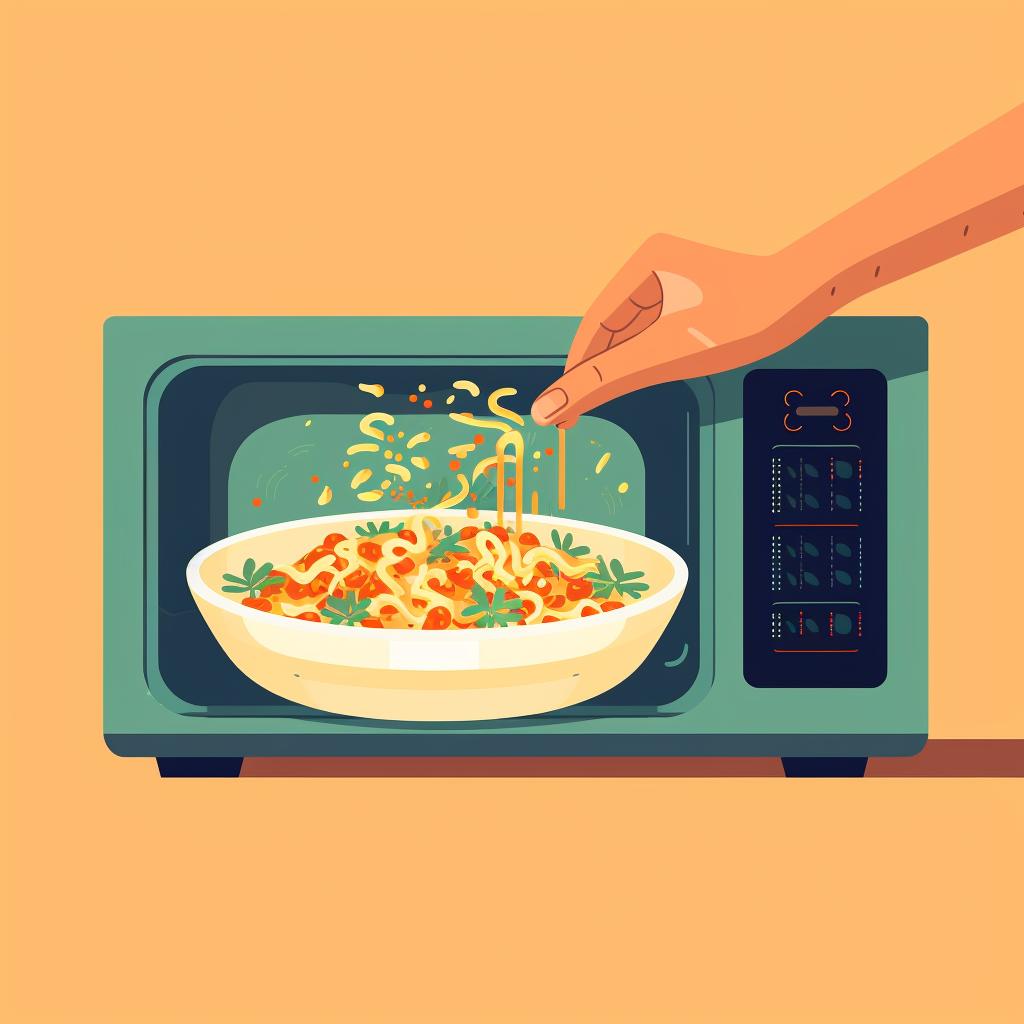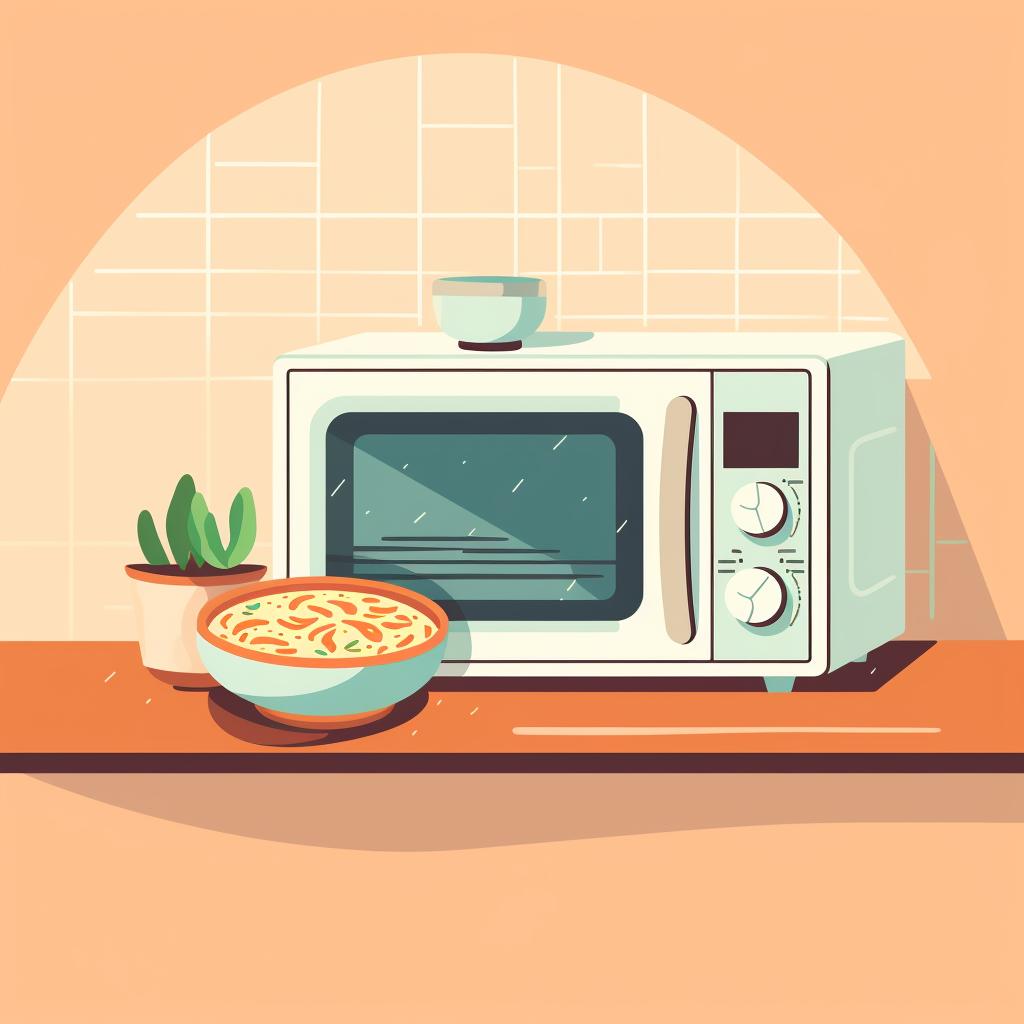Ian Price is a seasoned chef, boasting over a decade and a half of professional experience in the ever-changing world of culinary arts. He thrives on culinary experimentation and has a deep-seated passion for sharing his expertise with fellow food enthusiasts. Ian strongly advocates the art and science of reheating meals, believing that the right techniques can truly unlock and enhance the flavor of any dish.
Ever found yourself asking, "Why does food taste different when reheated in a microwave compared to on a stove?" Well, you're not alone. The answer lies in the science behind how these two methods heat your food. Let's dive in!
Unmasking the Mystery: Why Reheating Food is a Science 🧪🍲
Stove reheating and microwave reheating are quite different. A stove heats food evenly, allowing flavors to develop and spread throughout the dish. On the other hand, a microwave heats food quickly and unevenly, leading to a different taste and texture.
When you reheat your dinner on the stove, you're not just warming it up. You're giving the ingredients a second chance to mingle, to develop a deeper, more complex flavor profile. It's almost like cooking the dish all over again, which can really enhance the taste of dishes like soups, stews, and sauces. Check out our guide on what is the best method for reheating food for a more detailed comparison.
The Great Debate: Microwave vs Stove Reheating – Who Wins? 🥊🍝
When you heat your food in the microwave, the uneven heat distribution can cause some parts of your food to overcook while others remain cold. This can affect both the texture and flavor of your food. For instance, when you reheat fried chicken, the microwave can make it soggy, while the stove can keep the crispiness intact.
To illustrate this point, let's take a look at a video experiment conducted by the popular YouTube channel, Good Mythical Morning. In this video, the hosts conduct a taste test comparing food reheated on a stove and in a microwave.
As you can see from the video, the difference in taste between food reheated on a stove and in a microwave is quite noticeable. Now, let's delve deeper into why this is the case.
Moreover, microwaves heat food by causing water molecules to vibrate, which can alter the structure of certain foods and change their taste. Have you tried reheating pizza in the microwave only to get a chewy crust and a rubbery cheese? That's the microwave effect for you. For the best results, try our tips for reheating crispy foods in the oven.
Turn Up the Flavor: Tips to Improve Your Reheated Food's Taste 🎛️🍕
But don't throw out your microwave just yet! There are ways to improve the taste of reheated food, even in a microwave. Here are some tips:
Let's dive into the steps to make your microwave-reheated food taste as good as new:
Learn more about 🔥 Microwave Magic: Reviving Your Leftovers or discover other Reheat Dinner guides.
Follow these steps and you'll find that your reheated food can taste just as delicious as it did when it was freshly cooked. Remember, reheating is an art, not just a quick zap in the microwave.
Remember, the goal is not just to heat the food, but to make it taste as good, if not better, than when it was first prepared. So don't be afraid to experiment and see what works best for your taste buds!
Got Questions? Your Burning FAQs on Reheating Food, Answered! 🙋♀️🍗
Before we dive into the art of reheating, let's clear up some common questions you might have about using microwaves and stoves for this task.
Now that we've answered some common questions, let's move on to understanding the art of reheating food. Whether you're using a microwave or a stove, the key is to understand how these appliances work to bring out the best in your leftovers.
Reheating food is an art in itself. Whether you're using a microwave or a stove, the key is to understand how these methods work and how to use them to your advantage. By doing so, you can enjoy your leftovers without compromising on taste or texture.
Still have questions? Check out our comprehensive guides on heating frozen meals, the most efficient way to reheat a meal, and why food loses its flavor after being refrigerated and reheated.
Remember, the journey to a delicious reheated meal begins with understanding your heating methods. Happy reheating!



